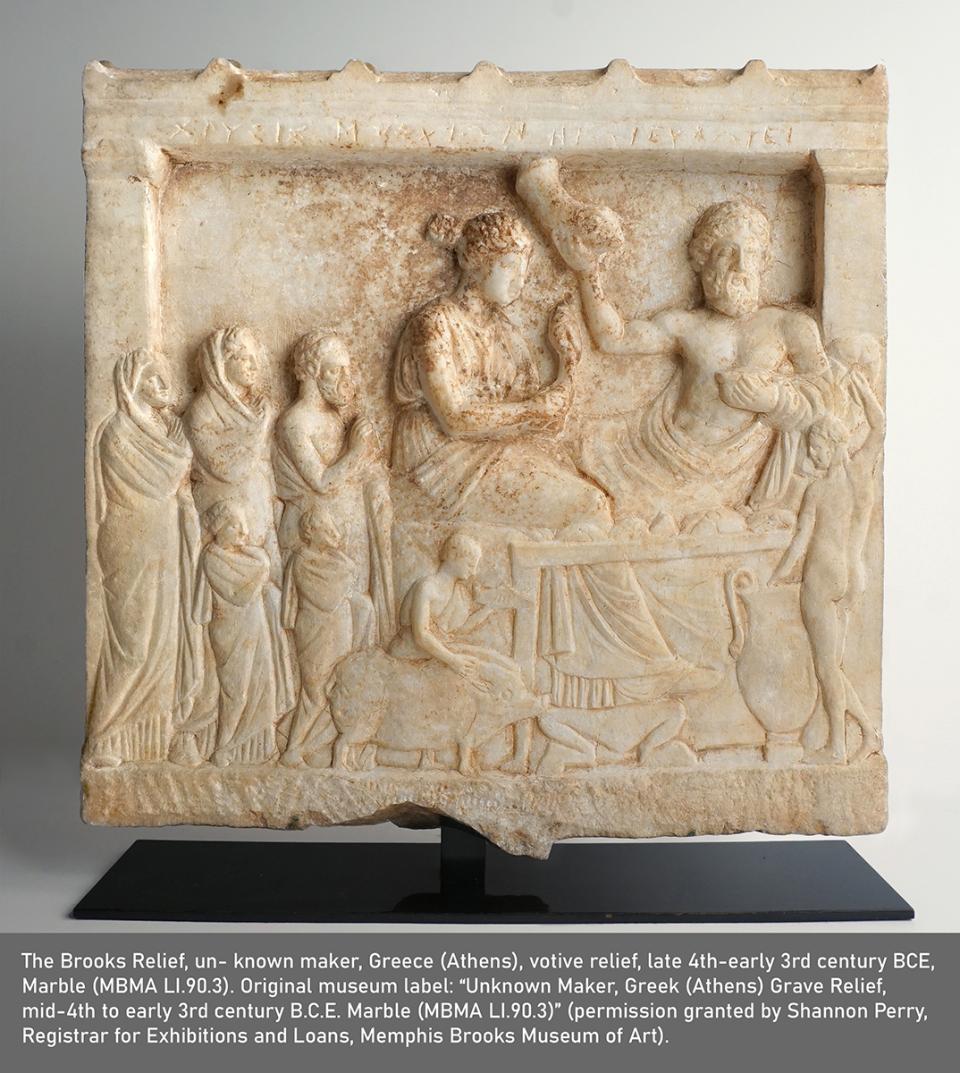Holly Marie Miller

Program Coordinator | Academic Advisor, Art History and Archaeology
hmmiller@umd.edu
1211-B Parren J. Mitchell Art-Sociology Building
Get Directions
Education
M.A., Art History, University of Georgia
B.A., Art History, Oglethorpe University
Holly Miller earned a B.A. in Art History from Oglethorpe University, Atlanta, in 2015 and an M.A. in Art History from the University of Georgia, Athens, in 2020. While her research has primarily focused on the art and architecture of the ancient world, especially Greece, she is captivated by all periods of art history. Her myriad work experience and engagement with archaeological and curatorial praxis is testament to her passion: she has conducted archaeological field work with the Blue Creek Archaeological and Chora Apotheke Reorganization Projects in Belize and Greece, dealt in archival collections management with President Jimmy Carter’s non-profit art collection at The Carter Center in Atlanta, and acted as a fine and decorative art appraisal assistant working with top tier auction houses such as Sotheby’s and Christie’s in New York. In her role as Program Coordinator and Academic Advisor for the Department of Art History and Archaeology, Holly actively engages with undergraduate majors and minors, helping students to navigate the field and find new and unique opportunities in the discipline.
Publications
"Visual Flexibility: Votive and Funerary Banquet Reliefs in Late Classical Attica"
Holly explores the continuity of aesthetics in banquet reliefs from the Late Classical to Hellensitic period by analyzing the lesser known and smaller corpus of votive banquet relief types.
Author/Lead: Holly Marie MillerVotvie banquet reliefs featuring a reclining elder male employed a visual language that to ancient viewers unambiguously defined the nature and identity of a hero. This highly flexible language appears to have been quickly adopted in the heroising realm of funerary monuments by the end of the Late Classical period, circa 400-323 BCE, and remained a desired aesthetic throughout the Hellenistic period, circa 323-33 BCE. In this lesser known and smaller corpus of votive banquet reliefs, few examples retain any vestiges of polychromy or inscriptions. An unstudied and unpublished relief of this type from the Memphis Brooks Museum of Art, however, exceptionally retains both. A close study of this relief provides insight into the aesthetic tastes of the Late Classical period, as well as an understanding of how banqueting iconography, originally reserved for a hero rather than heroised deceased, was emphatically adopted into the funerary sphere at the end of the fourth century BCE.


